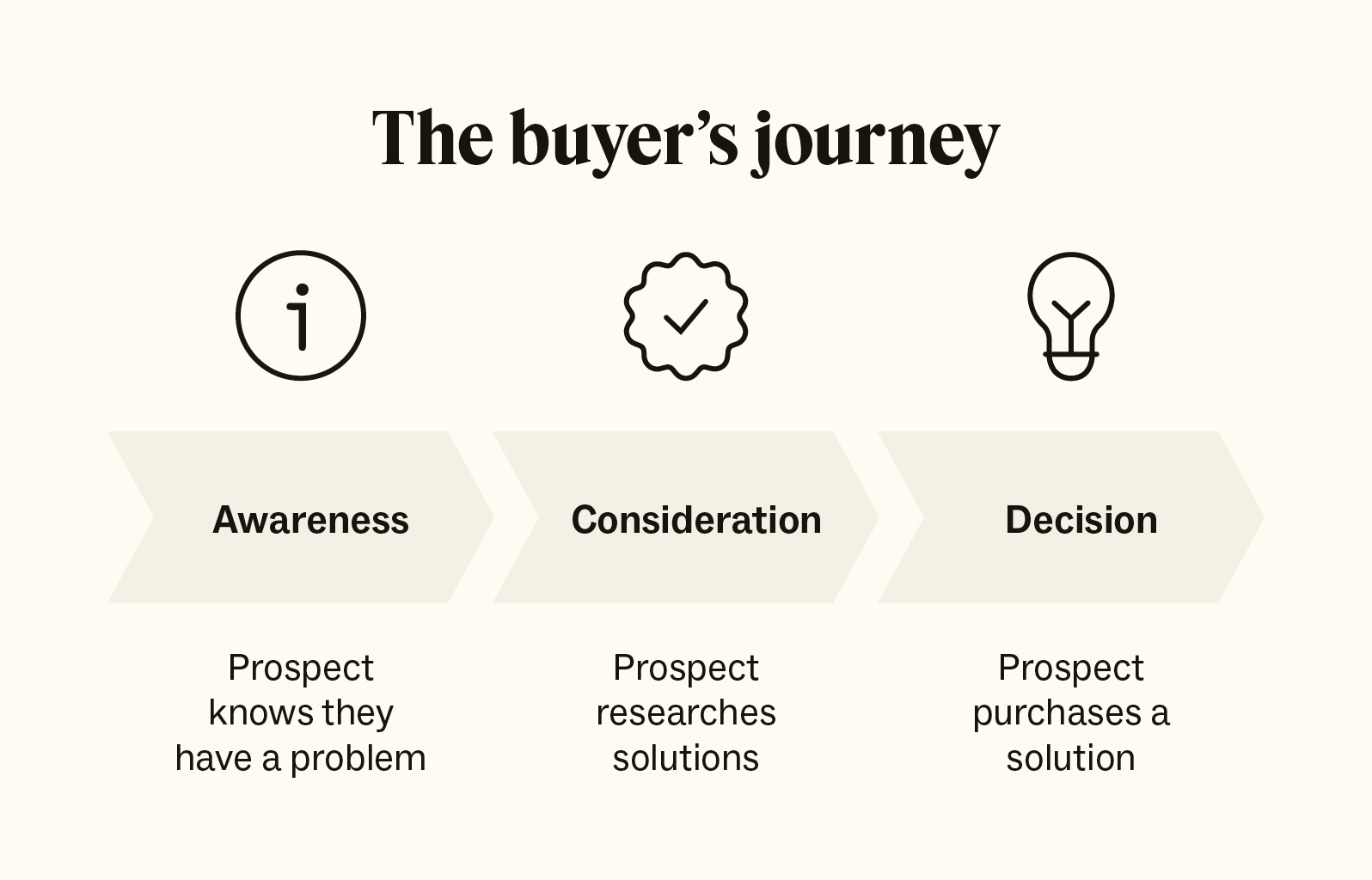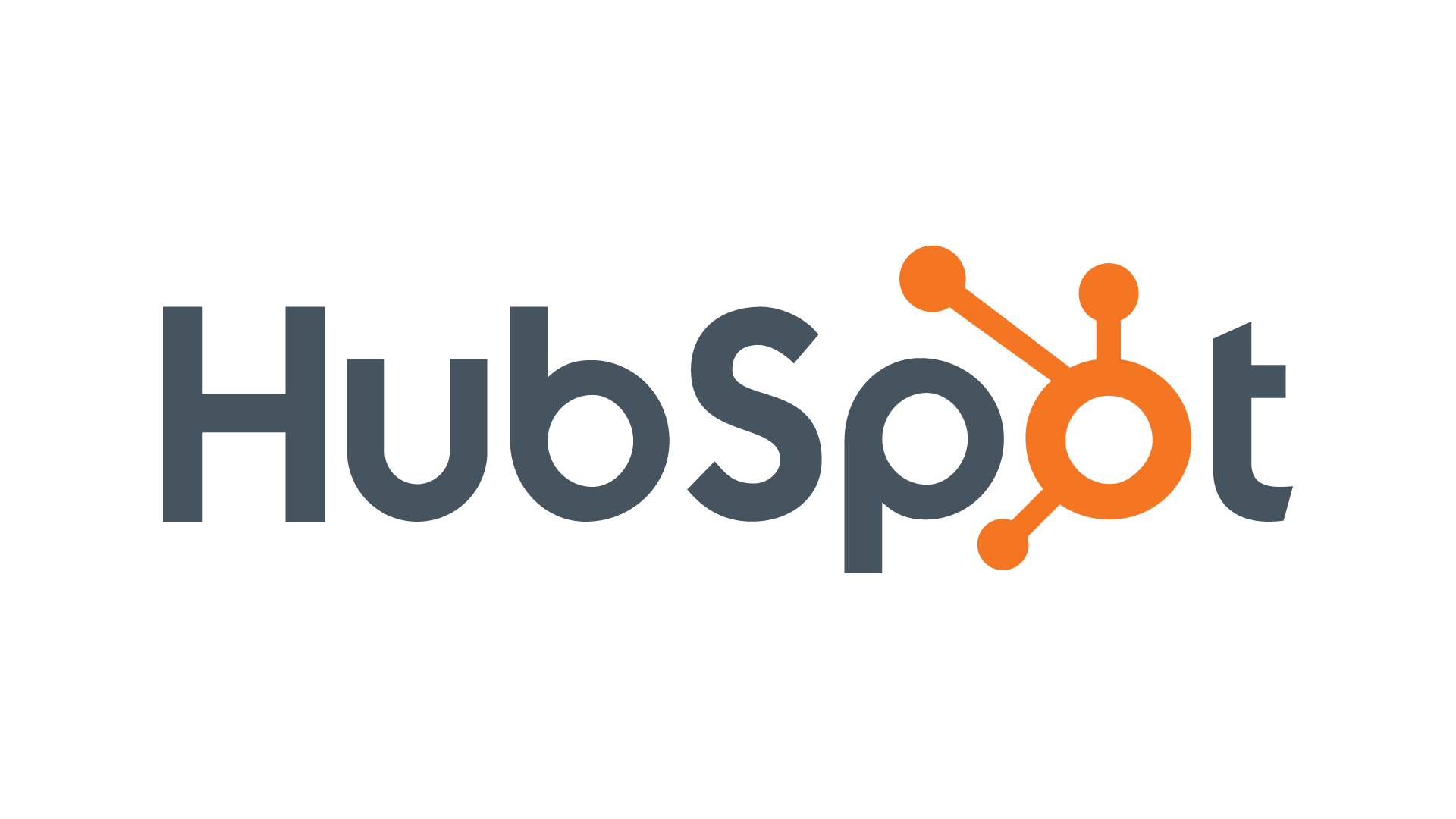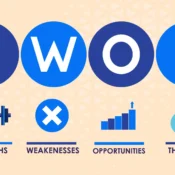Customer Journey Mapping: Guiding Customers from Awareness to Decision

September 20, 2025
/
Customer Journey Mapping: Guiding Customers from Awareness to Decision
In today’s competitive market, understanding how your customers interact with your brand is critical. Customer journey mapping is a strategic approach that allows businesses to visualize and optimize every stage of the buying process—from the first moment a customer becomes aware of your brand to their final purchase decision. By mapping the journey, companies can create targeted marketing strategies, improve customer experience, and drive higher conversion rates.





What Is Customer Journey Mapping?
Customer journey mapping is the process of outlining the steps a customer takes while interacting with a brand. This includes all touchpoints, both online and offline, and covers the complete experience from initial awareness to post-purchase engagement.Why Customer Journey Mapping Matters in 2025
In 2025, customer journey mapping has become more than just a marketing tool—it’s a core strategy for building a seamless digital customer experience. With the rise of AI in customer journey mapping, personalization, and omnichannel marketing, businesses can no longer rely on traditional funnels. Instead, they need a data-driven journey mapping strategy that tracks every customer touchpoint across multiple platforms. By adopting modern customer experience mapping tools and aligning them with metrics like NPS, CLV, and conversion rate optimization, companies can reduce customer pain points, boost brand loyalty, and achieve sustainable growth.Key Benefits of Customer Journey Mapping for Businesses
Implementing customer journey mapping provides businesses with clear insights into how customers interact with their brand. Beyond understanding customer touchpoints, journey maps highlight pain points, uncover opportunities for engagement, and help brands deliver a more seamless customer experience. Here are the most important benefits of using customer journey mapping in 2025:- Increase Customer Satisfaction (CSAT): By identifying gaps and reducing friction, companies can deliver smoother experiences that improve satisfaction scores.
- Boost Brand Loyalty: A well-designed journey builds trust and encourages repeat purchases, directly enhancing customer retention.
- Improve Conversion Rates: Optimizing each stage of the customer journey (awareness, consideration, decision) makes it easier to guide prospects toward purchase.
- Enhance ROI: With data-driven journey mapping strategies, marketing budgets are invested more effectively, leading to higher returns.
- Personalized Experiences: Mapping enables targeted campaigns tailored to customer needs, increasing relevance and engagement.
- Stronger Cross-Team Alignment: Marketing, sales, and customer service teams work around a single source of truth, ensuring consistency across channels.
The Three Key Stages: Awareness, Consideration, and Decision
1. Awareness: Capturing Attention
The awareness stage is the very first step of the customer journey, where potential customers discover your brand, product, or service. At this stage, your goal is to make a strong first impression and introduce your value proposition.Marketing strategies for awareness include:
- Social media campaigns and ads
- Search engine optimization (SEO)
- Influencer collaborations
- Content marketing such as blog posts and videos
- Public relations and media coverage
KPIs to track awareness:
- Website traffic
- Social media reach and impressions
- Brand recall and recognition
- Engagement with initial campaigns
2. Consideration: Building Interest
In the consideration stage, potential customers are aware of your brand and are actively evaluating your products or services. They compare options, read reviews, and seek additional information to make informed decisions.Marketing strategies for consideration include:
- Detailed product descriptions and demos
- Customer testimonials and case studies
- Email nurturing campaigns
- Webinars or live Q&A sessions
- Retargeting ads to interested audiences
KPIs to track consideration:
- Time spent on website or product pages
- Email open and click-through rates
- Download of resources (guides, brochures)
- Engagement with webinars or live demos
3. Decision: Converting Leads into Customers
The decision stage is where potential customers are ready to take action and make a purchase. Your goal here is to make the buying process seamless, reduce friction, and encourage commitment.Marketing strategies for decision include:
- Special offers, discounts, or limited-time deals
- Easy-to-navigate checkout processes
- Personalized recommendations
- Strong calls-to-action (CTAs) in emails and ads
- Clear guarantees, warranties, or return policies
KPIs to track decision-making:
- Conversion rates
- Completed purchases
- Cart abandonment rates
- Revenue generated from campaigns
Customer Journey Mapping vs. Buyer Persona
Many marketers confuse customer journey mapping with creating a buyer persona, but they serve different—yet complementary—purposes.Buyer Persona:
A buyer persona is a semi-fictional profile that represents your ideal customer. It includes demographic details (age, gender, income), behaviors, goals, and challenges. Buyer personas help businesses understand who they are targeting.Customer Journey Mapping
A customer journey map outlines the steps a real customer takes when interacting with your brand—from awareness to consideration and decision stages. It focuses on how customers move across touchpoints, what emotions they feel, and where they face pain points. Key Difference:- Persona = Who the customer is
- Journey Map = How the customer interacts with your brand
How They Work Together:
Using buyer personas to inform your customer journey map ensures that your strategy is not only based on generic stages but is tailored to real customer needs. Together, they create a powerful foundation for personalized experiences, improved engagement, and higher conversion rates.Best Tools for Customer Journey Mapping
Selecting the right customer journey mapping tool helps businesses visualize customer behavior, improve collaboration, and make data-driven decisions. Below are some of the most effective tools in 2025 and how you can use them:Miro
Miro is a versatile online whiteboard platform that enables teams to collaborate visually. It’s widely used for brainstorming, project planning, and mapping workflows. For customer journey mapping, Miro provides a flexible canvas where businesses can outline customer interactions, add visuals, and bring multiple teams into one workspace. Its biggest advantage is the real-time collaboration that allows marketing, sales, and service teams to contribute simultaneously. To use Miro for journey mapping, you can start with a ready-made template or build a custom board from scratch. Each customer touchpoint can be represented with sticky notes, icons, or images, while different colors highlight pain points, emotions, and opportunities. Team members can leave comments, add resources, or suggest changes live. This makes Miro especially useful for workshops or brainstorming sessions where cross-functional input is required.
Lucidchart
Lucidchart is a diagramming and visualization tool that helps create professional and data-driven customer journey maps. It’s known for its clean interface, drag-and-drop shapes, and ability to integrate with popular tools like Google Workspace and Slack. Lucidchart excels at making structured, detailed maps that are easy to share and present. When using Lucidchart for journey mapping, you can create flowcharts representing each stage of the awareness–consideration–decision process. Arrows connect the journey, and data such as conversion rates, drop-off points, or CSAT scores can be attached to each node. This turns the map into a strategic tool rather than just a visual. With team sharing enabled, everyone stays aligned on customer behavior and opportunities for optimization.
HubSpot
HubSpot combines CRM, marketing automation, and analytics to give businesses a complete view of the customer journey. Unlike pure visualization tools, HubSpot actually tracks customer interactions in real time—such as email opens, ad clicks, or form submissions—making it ideal for companies that want both mapping and execution. To use HubSpot for journey mapping, businesses can track contacts through lifecycle stages (subscriber, lead, opportunity, customer) and visualize how users progress across touchpoints. Marketing teams can set up automated workflows that nurture leads at each stage, while dashboards reveal conversion rates and ROI. This allows businesses not only to map but also to optimize the journey with actionable insights.
Smaply
Smaply is a specialized software built specifically for customer journey mapping. It comes with features such as persona building, emotion curves, and channel mapping. Unlike general diagram tools, Smaply focuses entirely on customer experience, making it a favorite for CX professionals and marketers alike. Using Smaply starts with creating detailed personas that represent different customer segments. These personas are then linked to journey maps, where you can add “lanes” for emotions, touchpoints, and channels. This layered approach helps teams understand not only what customers do, but also how they feel at each stage. Maps can be exported into PDFs or presentations for easy stakeholder communication.
UXPressia
UXPressia is another dedicated customer journey mapping tool, known for its visually rich templates and professional design. It allows teams to create maps, personas, and impact diagrams, all in one platform. The strength of UXPressia lies in its ability to integrate real data, making maps evidence-based rather than assumption-driven. To use UXPressia, you can pick from ready-to-use templates, add personas, and map customer goals, needs, and frustrations along each stage. You can also embed analytics insights like NPS scores or survey data directly into the journey. Its collaboration features allow multiple users to edit in real time, making it perfect for larger organizations that need both design and accuracy in their customer experience mapping.
How to Conduct Customer Journey Mapping
Step 1: Research Your Audience
The first and most critical step in customer journey mapping is understanding your audience. Without accurate insights, the entire map risks being based on assumptions rather than reality. This research involves gathering both quantitative data (analytics, purchase history, click-through rates) and qualitative data (customer interviews, focus groups, surveys). Together, these methods reveal customer motivations, preferences, and pain points. For example, web analytics might show that many users drop off during the checkout process, while interviews may reveal that shipping costs or unclear return policies are the real issue. By blending both data types, you create personas that represent different customer segments—helping you map journeys that reflect actual behavior instead of guesses.Step 2: Identify Touchpoints
A touchpoint is any moment where a customer interacts with your brand—whether directly (like a sales call) or indirectly (like reading a review). To build a comprehensive map, list every channel where customers engage: your website, social media pages, ads, emails, live chat, mobile apps, or physical stores. Once you’ve listed these touchpoints, categorize them by stage of the journey (awareness, consideration, decision, retention). This helps you spot where customers first discover you, where they evaluate options, and where they commit to purchase. Don’t forget post-purchase touchpoints like customer support or loyalty programs—these can make or break long-term satisfaction.Step 3: Map the Journey
With your audience and touchpoints defined, the next step is to organize the journey into clear stages. The classic funnel includes awareness, consideration, and decision—but modern maps often add post-purchase stages like adoption, retention, and advocacy. At each stage, document the customer’s goals, emotions, and potential obstacles. For example:- Awareness: Customers may feel curious but overwhelmed by too many options.
- Consideration: They may compare alternatives, feeling cautious or skeptical.
- Decision: They’re ready to act but could face obstacles like hidden fees or slow websites.
Step 4: Optimize for Each Stage
Once the map is built, the real work begins—optimizing. Each stage of the journey requires different tactics and messaging:- Awareness: Create educational blog posts, SEO content, and social ads that answer early questions.
- Consideration: Provide comparison guides, testimonials, and case studies that build trust.
- Decision: Offer clear pricing, smooth checkout processes, and strong guarantees to reduce hesitation.
- Post-purchase: Deliver excellent support, onboarding materials, and loyalty programs to turn buyers into repeat customers.
Step 5: Monitor and Refine
A customer journey map is not static—it’s a living document that should evolve with customer expectations, technology, and market trends. To ensure its relevance, you need to track KPIs such as conversion rates, Net Promoter Score (NPS), Customer Satisfaction (CSAT), and churn rates. Using these insights, regularly refine your journey map. For example, if analytics show that users abandon mobile checkout at a high rate, you may need to optimize mobile UX or simplify payment options. If feedback highlights confusion about your product, you might need clearer onboarding or FAQs. The key is continuous improvement—ensuring the journey map reflects current realities, not outdated assumptions.Metrics to Measure the Success of Your Journey Map
Measuring the effectiveness of a customer journey map goes beyond simply tracking conversions. A strong journey map should enhance customer satisfaction, loyalty, and overall business growth. To evaluate whether your mapping strategy is working, businesses need to monitor a set of key performance indicators (KPIs) that reflect both customer experience and business outcomes.Net Promoter Score (NPS)
NPS measures how likely customers are to recommend your brand to others. A high NPS indicates strong loyalty and positive experiences, while a low score signals dissatisfaction that needs addressing.Customer Satisfaction Score (CSAT)
CSAT is gathered through post-interaction surveys, asking customers to rate their satisfaction with a product, service, or experience. It’s a quick way to identify touchpoints that delight—or frustrate—your audience.Customer Lifetime Value (CLV)
CLV calculates the total revenue a business can expect from a single customer over their entire relationship with the brand. A rising CLV means your journey map is successfully driving loyalty and repeat purchases.Customer Effort Score (CES)
CES measures how easy it is for customers to complete key actions (such as signing up, purchasing, or resolving an issue). A smooth journey reduces effort and increases retention rates.Churn Rate
This tracks the percentage of customers who stop doing business with you over a given period. A high churn rate often reveals friction points in the journey that need optimization.Conversion Rate by Stage
Rather than only looking at the final purchase, measure conversions at each stage: awareness → consideration → decision → post-purchase. This helps pinpoint where prospects drop off and where improvements are most needed.First Contact Resolution (FCR)
For customer support touchpoints, FCR measures how often issues are resolved in the first interaction. High FCR shows efficiency and builds trust, while low FCR highlights gaps in your service.Engagement Metrics
Track engagement indicators like email open rates, webinar attendance, time spent on product pages, or social media interactions. These show how effectively your journey map keeps customers involved across touchpoints.Best Practices for Customer Journey Mapping
- Use Real Data: Base your journey map on actual customer behaviors and feedback.
- Consider Multiple Paths: Customers may take different routes before converting; account for these variations.
- Focus on Pain Points: Identify where customers face challenges and optimize these areas.
- Align Teams: Ensure marketing, sales, and customer service work together to provide a consistent experience.
- Regularly Update Maps: Customer behavior evolves, so refresh your maps periodically.
Case Study: Improving Conversion Through Customer Journey Mapping
A mid-sized online retailer wanted to reduce cart abandonment and boost sales. By mapping the customer journey:- They identified that many users dropped off during the checkout stage (decision).
- They implemented retargeting campaigns and simplified the checkout process.
- They improved product pages and added customer reviews to the consideration stage.
- Cart abandonment dropped by 25%
- Conversion rates increased by 30%
- Overall sales revenue grew by 20%
How AI Is Transforming Customer Journey Mapping
Artificial Intelligence (AI) is reshaping the way businesses approach customer journey mapping, making it more intelligent, dynamic, and data-driven. Instead of relying solely on historical data or manual research, AI enables companies to analyze customer behavior in real time and predict future actions with high accuracy. This shift allows marketers to build journey maps that are not only descriptive but also predictive and adaptive, adjusting instantly as customer preferences, market conditions, or behaviors change. In an era where personalization drives loyalty, AI ensures that every touchpoint—from awareness to decision—is optimized for maximum impact. From a practical standpoint, AI brings a suite of powerful tools into journey mapping. Predictive analytics can forecast churn risks or identify high-value customers, while personalization engines tailor content and offers to individual preferences at scale. AI-powered chatbots and virtual assistants enhance the consideration and decision stages by providing instant support, while sentiment analysis tools monitor customer emotions across channels to refine messaging. Even post-purchase, AI can automate loyalty campaigns or recommend products that extend the customer lifecycle. By embedding AI into customer journey mapping, businesses unlock a future-ready framework that delivers smarter engagement, stronger retention, and measurable ROI growth.Common Mistakes to Avoid in Customer Journey Mapping
- Relying on assumptions instead of real customer data.
- Ignoring customer emotions and pain points in the journey.
- Creating overcomplicated journey maps that teams can’t use effectively.
- Treating journey mapping as a one-time project instead of updating regularly.
- Lack of cross-team alignment between marketing, sales, and customer support.
Frequently Asked Questions (FAQ)
- What is the difference between customer journey mapping and a sales funnel? A sales funnel focuses on the stages of converting a lead into a customer, while journey mapping provides a holistic view of all customer interactions, emotions, and touchpoints.
- Can small businesses benefit from journey mapping? Absolutely. Even small businesses can use journey mapping to understand customer behavior, optimize marketing efforts, and increase conversions.
- How often should journey maps be updated? Regularly—ideally every 6–12 months, or whenever major changes occur in products, services, or customer behavior.
- What tools can help with journey mapping? Analytics platforms, CRM systems, heatmaps, and survey tools are commonly used to track touchpoints and gather insights.
Conclusion
Customer journey mapping is a critical strategy for understanding how customers interact with your brand. By focusing on the stages of awareness, consideration, and decision, businesses can create personalized experiences that guide prospects smoothly from discovery to purchase. When executed effectively, journey mapping improves engagement, reduces friction, and drives sustainable growth.Ready to Elevate Your Customer Experience?
Start applying customer journey mapping with above quality today to uncover hidden insights, reduce friction, and boost conversions. Whether you’re a startup or an enterprise, the right journey map can transform the way you connect with customers.Recent Posts
ahmed/0 Comments
SWOT Analysis for Marketing
ahmed/0 Comments
SEO Audit: The Ultimate Guide to Perfecting Your Website Performance
ahmed/0 Comments




